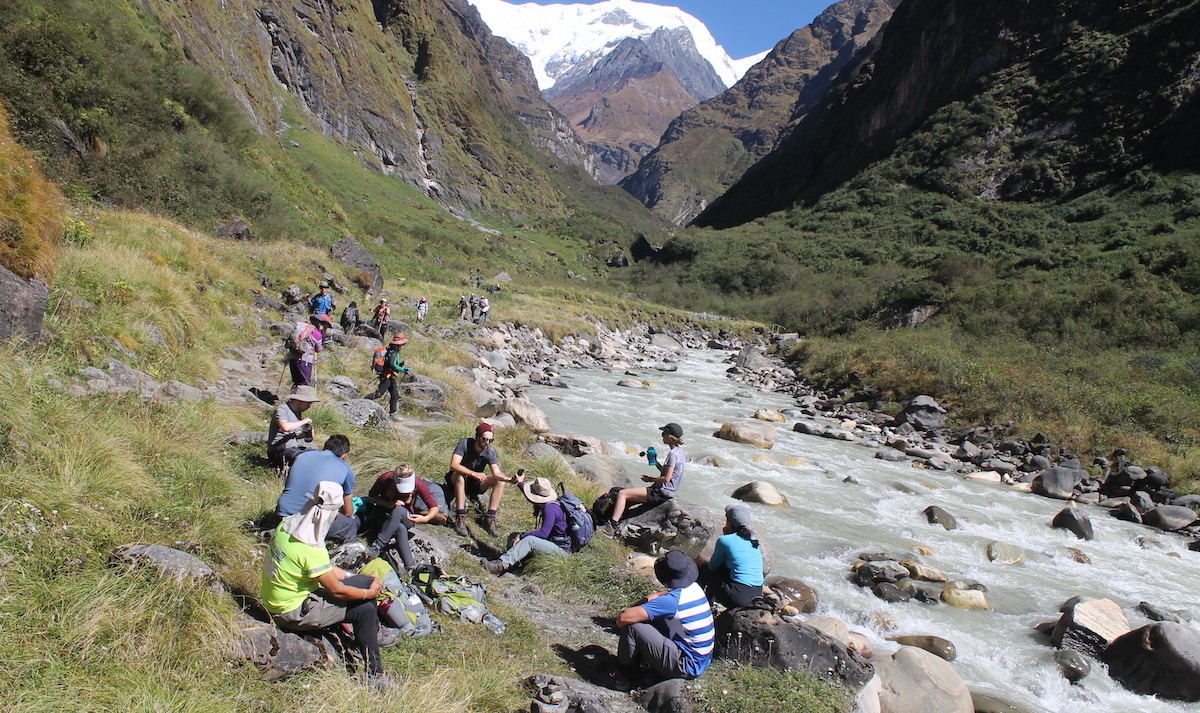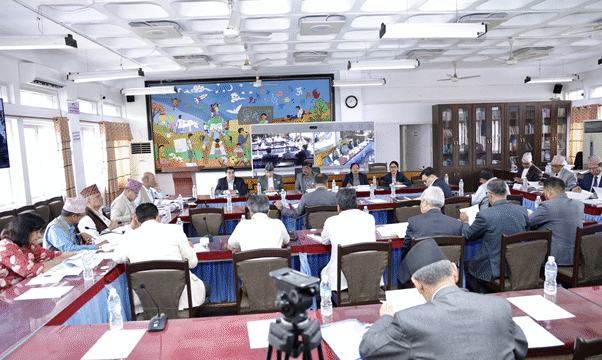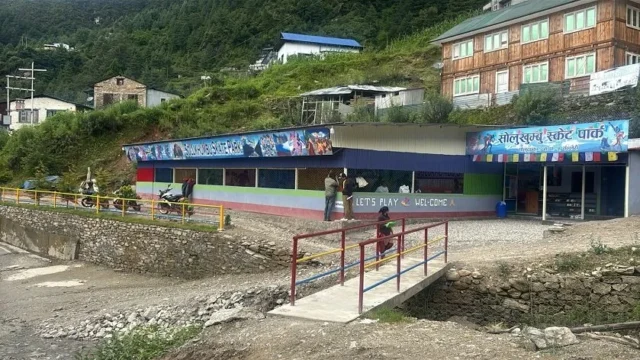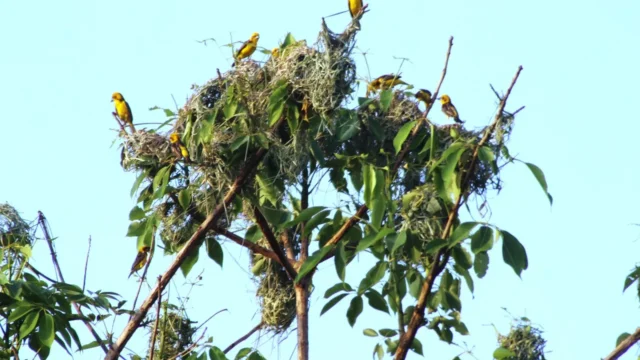Two recent incidents involving foreign trekkers in Nepal have raised serious concerns about the safety of trekking routes in the country, particularly in the popular Annapurna region. These cases underscore the need for stricter safety measures and better enforcement of existing regulations to prevent further tragedies.
A Spanish couple, 37-year-old Erik Kasanovas and 32-year-old Molass Missy embarked on a trek to Ghorepani in the Annapurna Conservation Area (ACAP). The couple checked in at the Birethanti checkpoint on Saturday morning, showing their route permits before proceeding on their journey. However, they soon went missing.
Search teams discovered Casanovas’s body on Monday, stuck in the Bhurundi Khola, near Tikhedhunga, along with trekking poles and a backpack. The area is known for its scenic waterfall, but also its challenging terrain. Molas Hunka remains missing, despite extensive search efforts involving local representatives, police, and armed forces divers.
In another disturbing incident, human remains, including bones, a pair of trousers, and an iPhone, were discovered in the Mardi Himal Base Camp area by a shepherd named Govinda Gautam. The remains were identified as those of Swedish trekker Michael Liu Blomberg, who had gone missing in December 2022.
This is not the first such incident in the area. Five years ago, Dutch trekker Cory Van Veghel disappeared in the same region, and her whereabouts remain unknown to this day. These recurring incidents have heightened concerns about the safety of trekking routes in the Annapurna region.
Altitude sickness, or “lek,” is another significant threat to trekkers in Nepal. Last year alone, 21 tourists died from altitude-related complications in the Annapurna region, according to ACAP officials. The rapid ascent to high-altitude areas, such as Muktinath, has proven deadly for many, especially pilgrims from India.
For instance, in October last year, Ukrainian national Anna Panina, along with Indian nationals Satyanarayan and Revati, succumbed to altitude sickness near Muktinath. The couple, en route to the holy site, fell ill before reaching Jomsom and passed away despite being rushed to a local health center.
ACAP Chief Rabin Kadariya emphasized the importance of acclimatization for tourists, particularly those on a pilgrimage. He suggested that spending a night in Pokhara and another just below Jomsom could significantly reduce the risk of altitude sickness.
The lack of enforcement of the government’s 2023 mandate, which requires all foreign trekkers in protected areas to be accompanied by a guide, has been cited as a major factor contributing to these tragedies. Both the Spanish trekkers in Ghorepani and the Swedish trekkers in Mardi Himal were trekking without guides.
Kadariya pointed out that many accidents in the mountains occur because trekkers, especially those without guides, lose their way or slip and fall. The Trekking Agencies Association of Nepal (TAAN) has also expressed concerns over the ineffective implementation of the guide mandate.
The series of unfortunate incidents has tarnished Nepal’s reputation as a safe destination for trekking. Tourism professionals have expressed alarm over the growing perception that trekking, road travel, and air travel in Nepal are unsafe. This negative image could have long-term consequences for the country’s tourism industry.
Recent events, such as the bus accident on the Prithvi Highway that claimed the lives of 27 Indian pilgrims, and frequent air crashes, have further fueled these concerns. Krishna Acharya, a Pokhara-based tourism entrepreneur, noted that several tourists have already canceled their bookings due to safety worries.
Acharya emphasized that safety is the top priority for tourists, and the current situation, where both highways and air travel pose significant risks, is deeply troubling. He called on the Tourism Board of Nepal to take responsibility for ensuring the safety of tourists, including implementing mandatory checkpoints and ensuring that all trekkers are accompanied by guides.
As Nepal’s trekking industry faces mounting challenges, the government and relevant authorities must take immediate action to restore confidence in the safety of the country’s trekking routes.






